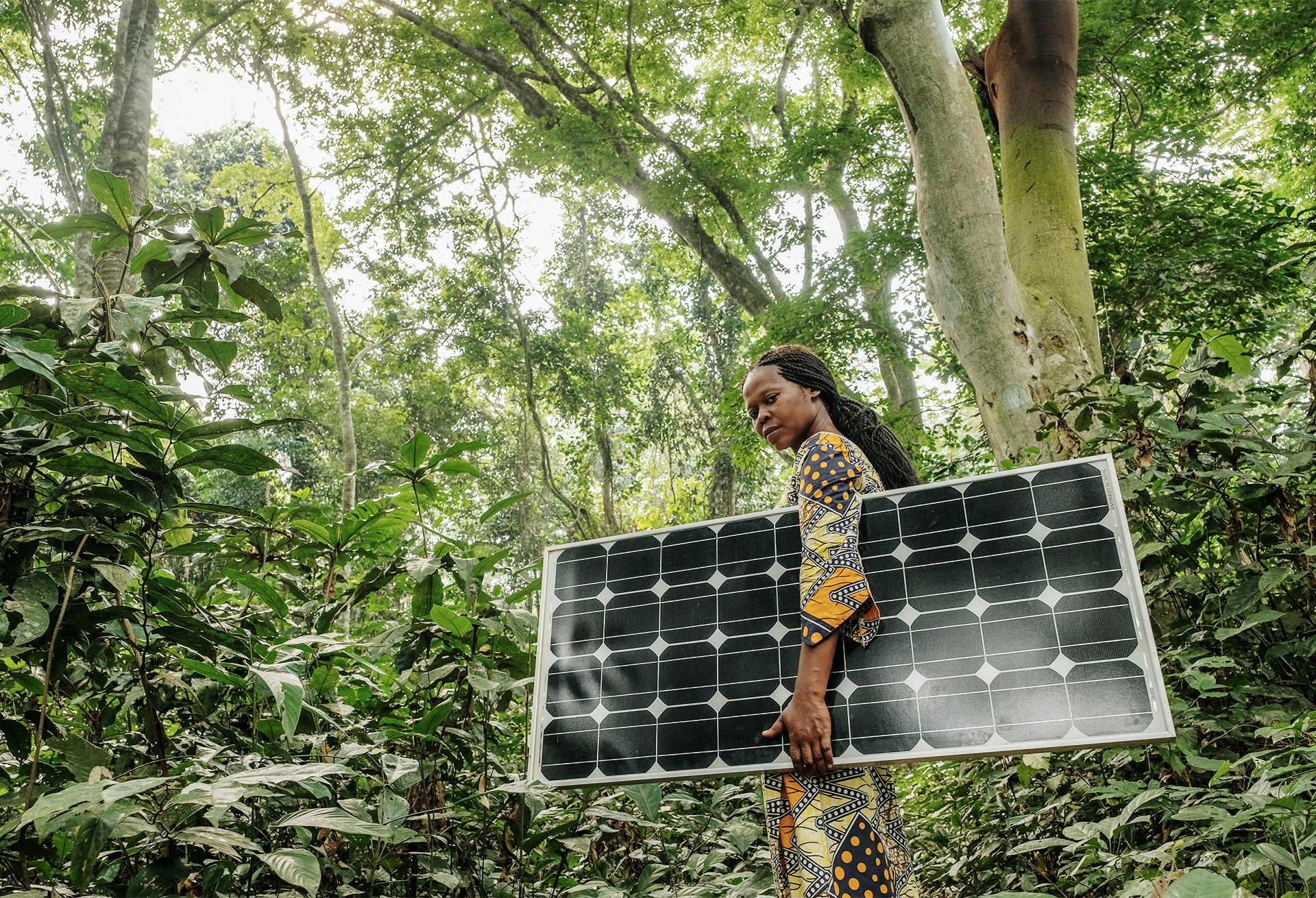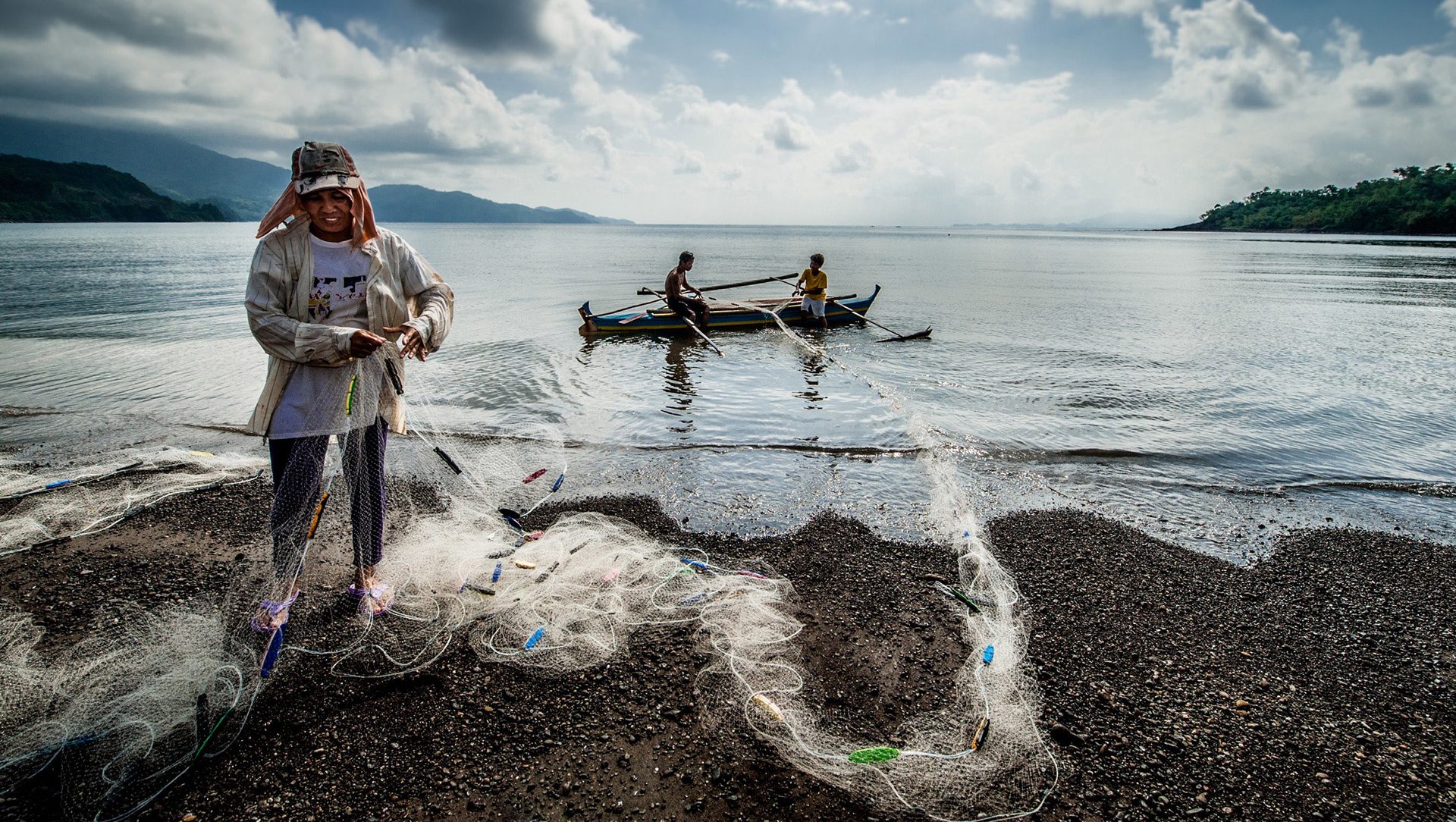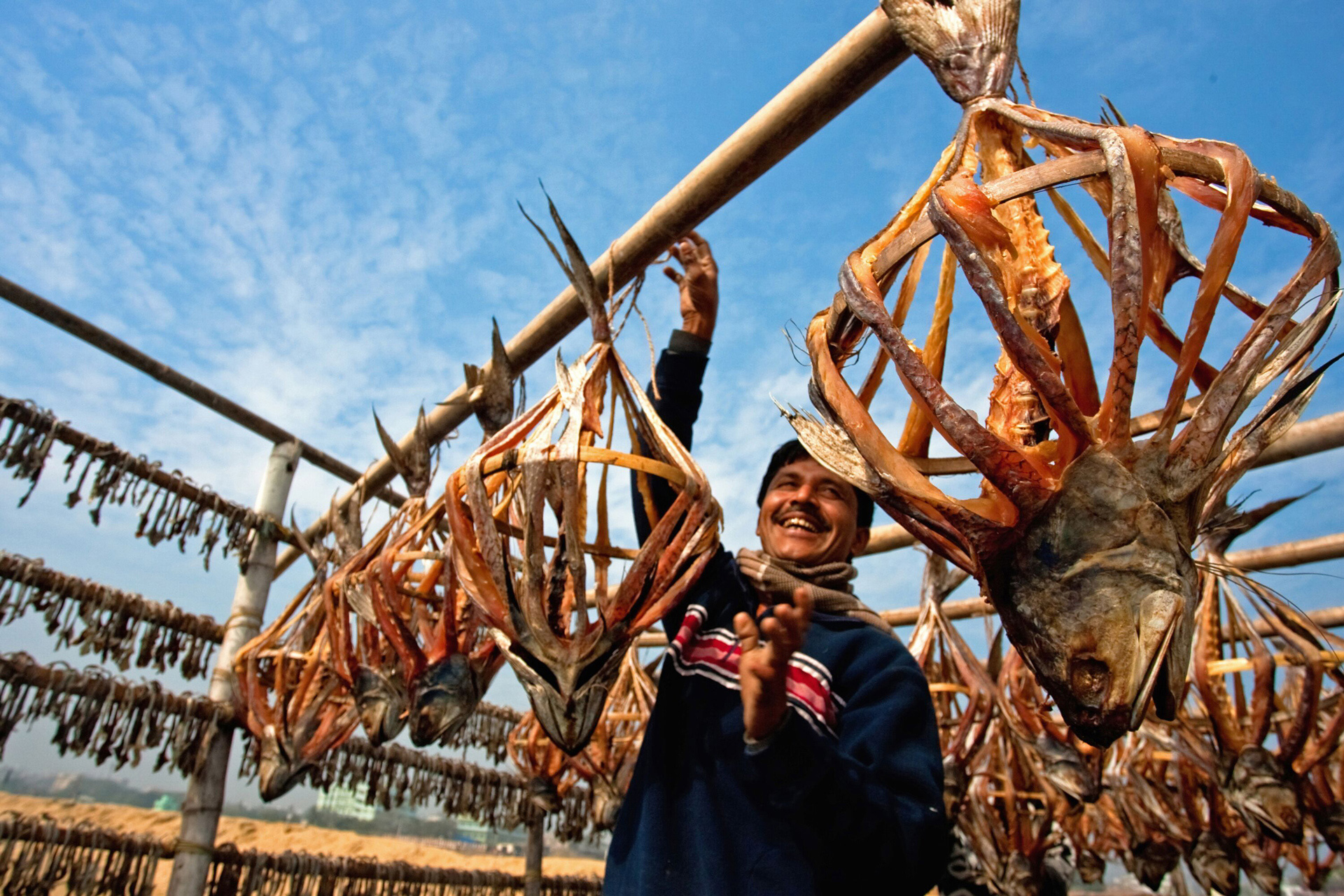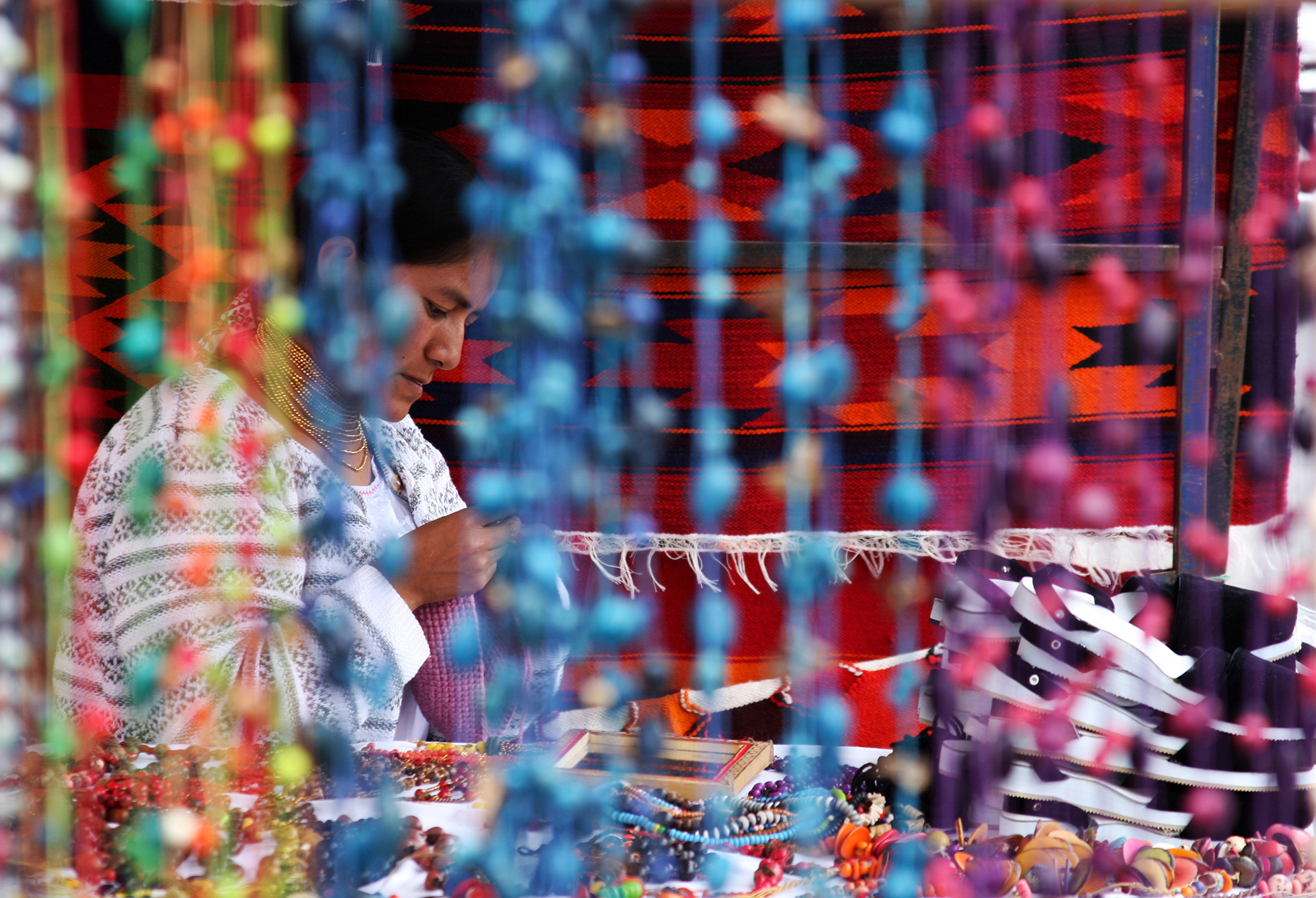1) HOW DO I CONTACT NpM?
Contact details
T: +31 (0)30 234 8201
E: info@inclusivefinanceplatform.nl
Visiting address:
Arthur van Schendelstraat 752
3511 MK Utrecht
The Netherlands
2) WHAT IS NpM, PLATFORM FOR INCLUSIVE FINANCE?
NpM, Platform for Inclusive Finance is a member platform for Dutch inclusive finance investors. Together with the Dutch Ministry of Foreign Affairs and our members, we are committed to expanding access to affordable financial services worldwide. NpM promotes inclusive finance by being the knowledge hub, linking pin and voice of the Dutch inclusive finance sector. For more information about us you can click here.
3) WHY DID YOU CHANGE YOUR NAME FROM THE NETHERLANDS PLATFORM FOR MICROFINANCE TO NpM, PLATFORM FOR INCLUSIVE FINANCE?
We adjusted our name in line with the shift in focus to inclusive finance from microfinance.
In the past, the focus was mainly on microfinance; financial products and services offered by microfinance institutions (MFIs), such as microcredits, saving and insurance, to help the underprivileged improve their standard of living.
However, Small and Medium Enterprises (SMEs) are still underrepresented in the financial landscape of developing countries, often they are too small for the traditional banking industry but too big for MFIs to handle. As SMEs are an important stimulator of economic development and the creations of jobs, the sector . Because the need for access to finance applies not only for micro-entrepreneurs but also for other market segments, we now speak of inclusive finance.
4) WHERE DO I FIND THE LATEST UPDATES ON NpM, PLATFORM FOR INCLUSIVE FINANCE ACTIVITIES?
5) HOW MANY MEMBERS DOES NpM, PLATFORM FOR INCLUSIVE FINANCE HAVE AND WHO ARE THEY?
NpM, Platform for Inclusive Finance has 12 members: ACTIAM, ASN Bank, Cordaid, FMO, ICCO, Lendahand, Oikocredit, Oxfam Novib, Rabobank Foundation, The Currency Exchange Fund (TCX), Triodos Investment Management and Triple Jump. In addition, NpM fosters a close collaboration with the Dutch Ministry of Foreign Affairs. For more information about our members you can click here.
6) HOW IS NpM, PLATFORM FOR INCLUSIVE FINANCE FUNDED?
NpM, Platform for Inclusive Finance is a non-profit organization. We rely on the financial support of our members and the Dutch Ministry of Foreign Affairs. More specifically, our members contribute an annual membership fee and we receive subsidies from the Dutch Ministry of Foreign Affairs to cover our annual expenses like staff and office costs. Furthermore, we obtain additional funding through our own fundraising activities and third-party campaigns for the annual conference and specific project appropriation.
For more information, you can find our annual reports here.
7) CAN I APPLY FOR FUNDING FROM NpM, PLATFORM FOR INCLUSIVE FINANCE?
For funding opportunities, we refer to our members. NpM, Platform for Inclusive Finance does not provide funding, grants or loans to individuals or organizations. You can check our list of members here and can find relevant information on funding opportunities through their websites.
8) HOW AND WHO CAN APPLY FOR MEMBERSHIP?
NpM, Platform for Inclusive Finance welcomes and encourages membership applications from a range of parties, like development organisations, social investors and commercial banks.
Membership is open for parties that:
- Invest in and promote Inclusive Finance activities in developing countries;
- Have a social and/or environmental mission;
- Are based in the Netherlands.
For more information contact us by sending an email to info@inclusivefinanceplatform.nl
9) CAN I PUBLISH SOMETHING ON THE NpM, PLATFORM FOR INCLUSIVE FINANCE WEBSITE?
We believe that accessibility to knowhow and expertise is essential to catalyse the effectiveness of our members’ investments and activities, and to increase their contribution to the SDGs. As we promote exchange of knowledge, ideas, insight and experience, you are invited to send us all relevant (research) articles, policy briefs or reports, announcements, vacancies, etc. concerning the inclusive finance sector to communication@inclusivefinanceplatform.nl. Our team will contact you to inform you about the possibilities.
10) HOW CAN I MAKE A COMPLAINT?
NpM, Platform for Inclusive Finance strongly believes in transparency and the right of every stakeholder to raise complaints. In case of a complaint you can mail us at info@inclusivefinanceplatform.nl.
11) WHAT IS MICROFINANCE?
Microfinance is the provision of basic financial services and small loans to people that do not have access to those services through the formal financial sector. People, for instance, living in poverty, like everyone else, need a diverse range of financial instruments to run their micro-enterprises, build assets, stabilize consumption and shield themselves against risks. Financial services needed by the poor include working capital loans, consumer credit, savings, pensions, insurance and money transfer services.
12) WHAT IS INCLUSIVE FINANCE?
Inclusive finance not only focusses on individuals and micro-enterprises but also on Small and Medium Enterprises (SMEs), the so-called ‘missing middle’. It refers to the development of appropriate and affordable financial services by banks, social investors and governments, and the provision of these services to populations that are otherwise excluded by traditional financial streams. The advancement of financial inclusion can contribute to the growth of business activity and entrepreneurism raising living standards and incomes, while it can lead to improvements in, for example, gender equality, education, employment and inclusive growth.
13) WHAT IS A MICROFINANCE INSTITUTION?
Microfinance institutions (MFIs) are the financial institutions specializing in financial services and products, such as microcredits, saving and insurance, for low-income individuals. Those include non-governmental organizations (NGOs), cooperatives, community-based development institutions (like self-help groups and credit unions), commercial and state banks, and insurance and credit card companies. NGOs and other non-bank financial institutions have led the way in developing workable credit methodologies for the poor and to reaching out to larger numbers.
14) WHO ARE THE CLIENTS OF THE MICROFINANCE INSTITUTIONS?
The Microfinance Institutions (MFI) clients operate small businesses, work on small farms or are self-employed in a variety of sectors. Some of these microfinance clients are true entrepreneurs enjoying the creation and management of their own businesses. Others become entrepreneurs by necessity when the formal sector provides few opportunities for waged labour. About 190 million people, all over the world, make use of microfinance. The majority of them are women. Yet a total of 2.7 billion people, of which 1.2 billion live under $1.25 a day, are excluded from any financial service.
15) WHAT KIND OF CHALLENGES DOES THE INCLUSIVE FINANCE SECTOR FACE, AND CAN INCLUSIVE FINANCE BE PROFITABLE?
Inclusive finance can be profitable, provided that the institutional, regulatory and socio-economic environment are enabling. The inclusive finance sector has grown rapidly leading to professionalization as well as to increased concerns regarding client protection, over-indebtedness, responsible pricing and transparency. NpM partnering with Ernst & Young has been among the pioneers in addressing these concerns through international and cross-country regulatory research. To find out more about our research, click here.
16) WHY DO MFIS CHARGE HIGHER INTEREST RATES THAN THE REGULAR BANKING SECTOR?
MFIs usually charge higher rates than normal banking rates to cover their costs. For an MFI it can be more expensive to acquire funds than for a traditional bank. Additionally, MFIs’ clients usually have higher risk profiles, little collateral and smaller loan sizes resulting in higher operational costs. Nevertheless, in reality, the rates charged by MFIs are far below than what poor people routinely pay to informal sources of borrowing. You can watch an informative video over interest rate determination in microfinance here.
17) WHAT ABOUT RURAL AND AGRICULTURAL FINANCE?
The worldwide priority of smallholder farmers is undisputed. Finance for smallholder farmers helps to alleviate poverty in rural households, contributes to ecosystem resilience and has the potential to offer a solution in both local and global food security. Several of our members have piloted finance programmes in this new field and the Rural Finance expert group has conducted extensive research to identify existing bottlenecks to finance smallholder farmers. To find out more about the work of the Rural Finance expert group click here.
18) CAN WE ‘’GREEN’’ THE INCLUSIVE FINANCE SECTOR?
We support (inter)national development organisations and financial institutions in their joint efforts that contribute to greening the Inclusive Finance sector. NpM and its members believe that inclusive finance activities can contribute to economic development as well as reduction of carbon emissions, climate smart adaptation and protection of biodiversity while strengthening local entrepreneurship and local communities. Based on our estimations, 15% or 350 million euros of the portfolios of the NpM members in 2016 were considered green. Read more about our activities in greening financial inclusion here.






